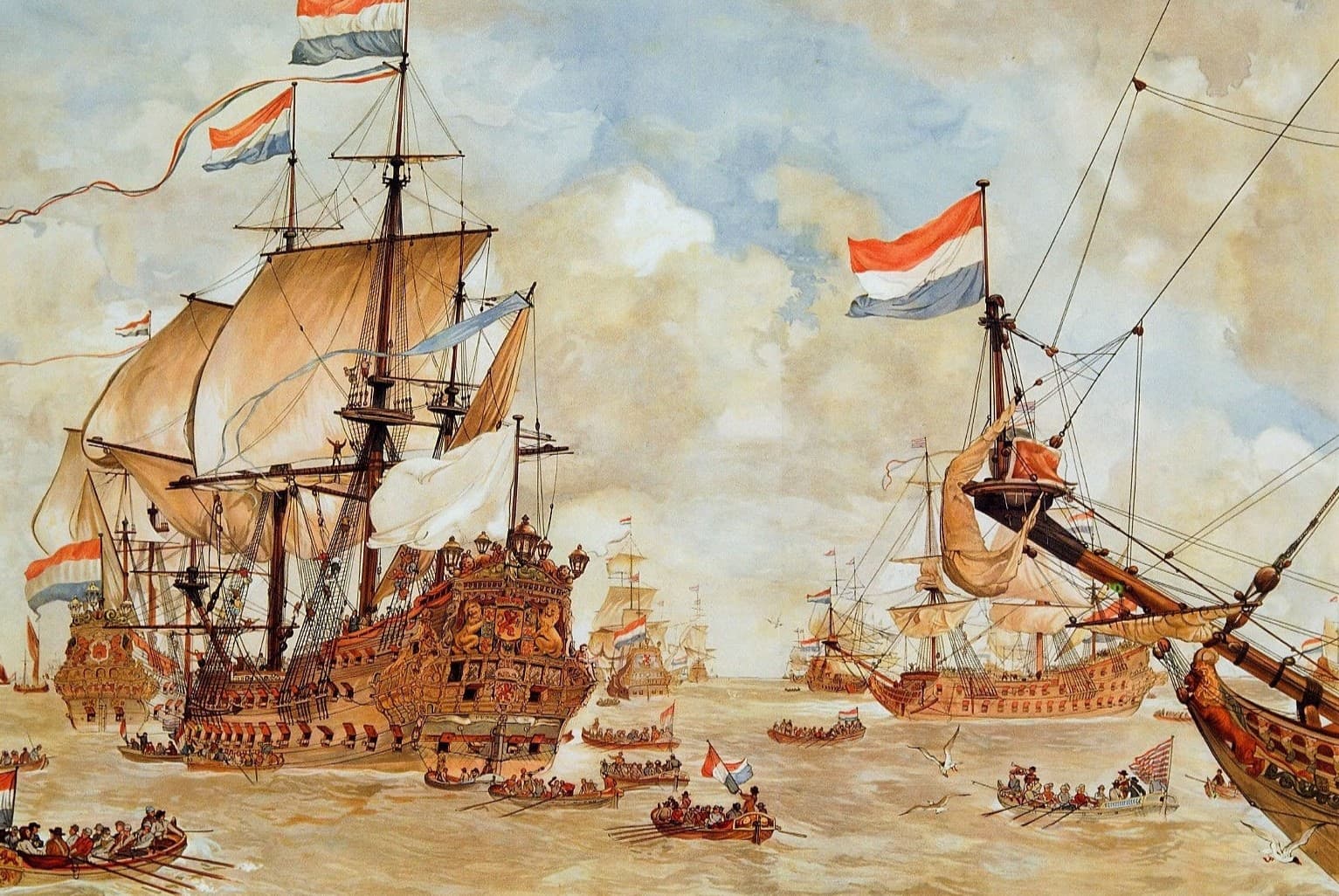
Mesoamerica is a region rich in history, culture, and ancient civilizations that have fascinated scholars and enthusiasts alike for centuries. This area, extending from central Mexico through Belize, Guatemala, El Salvador, Honduras, Nicaragua, and northern Costa Rica, was home to diverse groups who developed complex societies long before European contact. From the mysterious Olmecs to the mighty Aztecs, each civilization contributed unique advancements in agriculture, mathematics, astronomy, and architecture. Unraveling the secrets of Mesoamerica offers a glimpse into the ingenuity and spirit of its people. In this post, we'll uncover 20 intriguing facts about Mesoamerica, shedding light on the achievements and mysteries of this captivating region. Whether you're a history buff or just curious, these insights will transport you back in time to the heart of ancient American civilizations.
Mesoamerica: A Land of Ancient Wonders
Mesoamerica, a region extending from central Mexico to northern Costa Rica, is rich in history and culture. This area was home to some of the most advanced civilizations of the ancient world. Let's dive into some fascinating facts about Mesoamerica.
The Birthplace of Complex Societies
Mesoamerica is known for its complex societies and advanced civilizations. Here are some intriguing details about these ancient cultures.
-
Olmec Civilization: The Olmecs, often considered the "mother culture" of Mesoamerica, flourished around 1500 BCE. They are famous for their colossal stone heads, some weighing up to 40 tons.
-
Maya Civilization: The Maya developed one of the most sophisticated writing systems in the pre-Columbian Americas. Their hieroglyphic script included over 800 symbols.
-
Aztec Empire: The Aztecs built their capital, Tenochtitlán, on an island in Lake Texcoco. This city was one of the largest in the world at its peak, with a population of around 200,000.
-
Zapotec Civilization: The Zapotecs, who lived in the Oaxaca Valley, created one of the earliest writing systems in Mesoamerica. Their capital, Monte Albán, is one of the oldest cities in the Americas.
Innovations and Achievements
Mesoamerican civilizations were pioneers in various fields, from agriculture to astronomy. Here are some of their remarkable achievements.
-
Agricultural Innovations: Mesoamericans domesticated crops like maize, beans, and squash. These crops became staples in diets across the Americas.
-
Astronomy: The Maya were skilled astronomers who created detailed calendars. Their Long Count calendar famously predicted the end of a cycle in 2012, which some misinterpreted as the end of the world.
-
Architecture: The pyramids of Mesoamerica, such as the Pyramid of the Sun in Teotihuacan, are architectural marvels. These structures were often aligned with celestial events.
-
Mathematics: The Maya developed a sophisticated number system that included the concept of zero, a mathematical innovation not seen in many other ancient cultures.
Religion and Mythology
Religion played a central role in Mesoamerican societies. Their beliefs and rituals were deeply intertwined with their daily lives.
-
Polytheism: Mesoamerican religions were polytheistic, worshipping numerous gods associated with natural elements like the sun, rain, and maize.
-
Human Sacrifice: Some Mesoamerican cultures, like the Aztecs, practiced human sacrifice. They believed these rituals were necessary to appease the gods and ensure the continuation of the world.
-
Quetzalcoatl: Quetzalcoatl, the feathered serpent god, was a prominent deity in many Mesoamerican cultures. He was associated with wind, rain, and creation.
-
Ball Game: The Mesoamerican ball game, played with a rubber ball, had religious significance. It was often associated with the myth of the Hero Twins in Maya mythology.
Art and Culture
Mesoamerican art and culture were rich and diverse, reflecting the complexity of their societies.
-
Pottery: Mesoamerican pottery was highly advanced, with intricate designs and shapes. The Maya, in particular, were known for their polychrome ceramics.
-
Textiles: Weaving was an important craft in Mesoamerica. Textiles were often made from cotton and decorated with vibrant dyes.
-
Codices: Mesoamerican codices were books made from bark paper or deerskin. They contained important historical, religious, and astronomical information.
-
Music and Dance: Music and dance were integral to Mesoamerican ceremonies. Instruments like drums, flutes, and rattles were commonly used.
Legacy and Influence
The legacy of Mesoamerican civilizations continues to influence modern culture and scholarship.
-
Language: Many modern languages in Mexico and Central America, such as Nahuatl and Maya, are descendants of ancient Mesoamerican languages.
-
Cuisine: Mesoamerican cuisine has left a lasting impact. Foods like chocolate, tomatoes, and avocados were first cultivated in this region.
-
Archaeological Sites: Sites like Chichen Itza, Palenque, and Tikal attract millions of tourists each year, showcasing the grandeur of Mesoamerican architecture and culture.
-
Cultural Festivals: Modern festivals, such as the Day of the Dead in Mexico, have roots in ancient Mesoamerican traditions. These celebrations honor ancestors and reflect the region's rich cultural heritage.
Piecing Together Mesoamerica's Legacy
We've journeyed through time, uncovering the rich tapestry of Mesoamerica. From towering pyramids to intricate calendars, this civilization's innovations and contributions continue to amaze. Their understanding of astronomy, mathematics, and agriculture was way ahead of their time, laying foundations that modern societies still benefit from. Mesoamerica's legacy is not just in the ruins and artifacts left behind but in the enduring spirit of innovation, resilience, and community that echoes through history. As we reflect on these 20 facts, let's appreciate the depth and breadth of Mesoamerican cultures. Their stories remind us of humanity's shared heritage and the timeless quest for knowledge and understanding. So, next time you look up at the stars or enjoy a piece of chocolate, remember the ancient civilizations that helped shape our world.
Was this page helpful?
Our commitment to delivering trustworthy and engaging content is at the heart of what we do. Each fact on our site is contributed by real users like you, bringing a wealth of diverse insights and information. To ensure the highest standards of accuracy and reliability, our dedicated editors meticulously review each submission. This process guarantees that the facts we share are not only fascinating but also credible. Trust in our commitment to quality and authenticity as you explore and learn with us.


